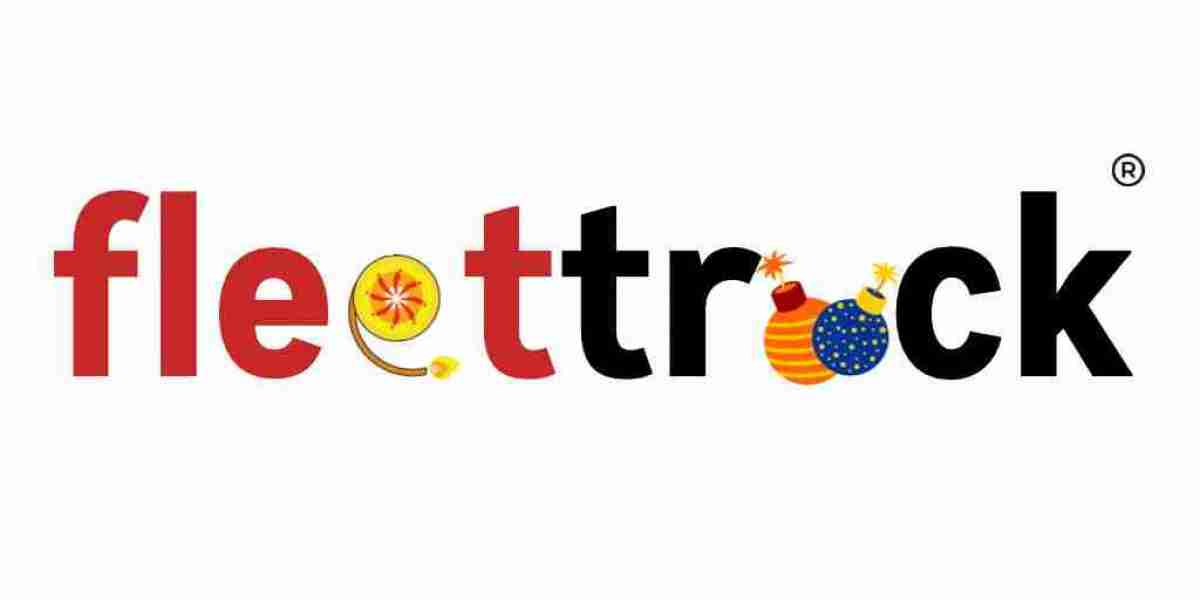Introduction
In an increasingly competitive global market, businesses are continually seeking ways to enhance their operations, improve customer satisfaction, and stand out from the competition. One of the most effective ways to achieve these goals is by obtaining ISO Certification. This article provides a comprehensive guide to achieving ISO certification, highlighting the benefits, processes, and best practices for maintaining top-quality standards.
Understanding ISO Certification
ISO certification refers to the process of obtaining certification from the International Organization for Standardization (ISO), a global body that develops and publishes international standards. ISO standards provide a framework for organizations to ensure their products, services, and processes meet consistent quality and performance criteria. Achieving ISO certification demonstrates an organization’s commitment to quality and its ability to meet international standards.
Key ISO Standards:
ISO 9001: ISO 9001 is centered on establishing and maintaining quality management systems (QMS) within organizations. It is one of the most prominent and widely recognized standards globally, known for setting rigorous criteria that ensure products and services consistently meet customer expectations and regulatory requirements. By focusing on enhancing process efficiency, customer satisfaction, and continuous improvement, ISO 9001 provides a framework that helps organizations deliver high-quality outcomes and gain a competitive edge in their respective markets.
ISO 14001: ISO 14001 pertains to environmental management systems (EMS) and provides organizations with a structured approach to managing and reducing their environmental impact. This standard outlines comprehensive guidelines for establishing, implementing, and maintaining an effective EMS that addresses various environmental concerns, including resource use, waste management, and pollution control. By adopting ISO 14001, organizations can systematically evaluate and improve their environmental performance, ensuring compliance with regulatory requirements and fostering sustainable practices. The standard helps businesses minimize their ecological footprint, enhance their environmental stewardship, and demonstrate their commitment to sustainability to stakeholders and customers.
ISO 45001: ISO 45001 addresses occupational health and safety management systems (OHSMS), providing a robust framework for organizations to ensure safe and healthy work environments. This standard sets out comprehensive guidelines for identifying, assessing, and managing workplace hazards and risks, aiming to prevent work-related injuries and illnesses. By implementing ISO 45001, organizations can systematically establish and maintain effective health and safety practices, comply with legal and regulatory requirements, and foster a culture of proactive risk management. The standard supports continuous improvement in occupational health and safety, enhancing overall employee well-being and creating a safer, more productive work environment.
ISO 27001: ISO 27001 focuses on information security management systems (ISMS) and is designed to safeguard sensitive data. It provides a structured framework for identifying and managing information security risks, ensuring that confidential and critical information is protected against threats and breaches. By adhering to ISO 27001, organizations can implement robust security measures, maintain data integrity, and comply with legal and regulatory requirements related to information security, thereby enhancing their overall data protection strategies.
Benefits of ISO Certification
Obtaining ISO certification offers numerous advantages, including:
1. Enhanced Quality and Efficiency:
ISO standards provide a structured approach to managing processes, leading to improved efficiency and consistency. This helps organizations deliver high-quality products and services consistently.
2. Increased Customer Satisfaction:
By adhering to ISO standards, businesses can better meet customer expectations, leading to higher satisfaction and loyalty. Certification demonstrates a commitment to quality that can enhance the organization’s reputation.
3. Competitive Advantage:
ISO certification can set a business apart from its competitors. It serves as a mark of quality that can attract new customers and business opportunities, especially in international markets.
4. Regulatory Compliance:
Many ISO standards help organizations comply with regulatory requirements. For example, ISO 14001 assists in meeting environmental regulations, while ISO 45001 supports health and safety compliance.
5. Operational Excellence:
Implementing ISO standards fosters a culture of continuous improvement. It encourages organizations to regularly assess and refine their processes, leading to better performance and innovation.
6. Risk Management:
ISO certification helps identify and mitigate potential risks. Standards such as ISO 27001 address information security risks, while ISO 45001 focuses on health and safety risks.
The ISO Certification Process
1. Identify the Relevant ISO Standard:
Determine which ISO standard best fits your business needs by researching its requirements and benefits. Ensure it aligns with your specific goals and challenges.
2. Visit the ISO Certification Website:
Navigate to the iso portal to initiate the ISO certification process.
3. Fill Out the Application Form:
Complete the online application form and pay the required fee.
4. Submit Your Application:
After payment, submit the completed form via the website.
5. Application Verification:
A representative will verify your payment and process your application.
6. Confirm the Certificate:
A consultant will reach out to confirm the ISO certification you wish to receive.
7. Receive Your Certificate:
Once all procedures are finalized, your ISO certificate will be issued and sent to your registered email address.
Best Practices for Maintaining ISO Certification
Maintaining ISO certification requires ongoing effort and commitment. Here are some best practices to ensure continued compliance and effectiveness:
1. Foster a Culture of Quality:
Create a culture that values quality and continuous improvement. Encourage employees to take ownership of their roles and contribute to maintaining high standards.
2. Regularly Review and Update Processes:
Continuously assess and update processes to ensure they remain effective and aligned with ISO standards. Regular reviews help identify areas for improvement and adapt to changes in the business environment.
3. Stay Informed About ISO Standards:
Keep up-to-date with any changes or updates to ISO standards. This ensures that your management system remains compliant with the latest requirements and best practices.
4. Engage in Continuous Training:
Provide ongoing training and development opportunities for employees. This helps maintain their awareness of ISO standards and ensures they have the skills needed to support the management system.
5. Conduct Regular Internal Audits:
Perform internal audits at regular intervals to assess the effectiveness of your management system. Internal audits help identify potential issues and ensure that corrective actions are implemented.
6. Document and Track Performance:
Maintain detailed records of processes, audits, and corrective actions. This documentation is essential for demonstrating compliance during external audits and for tracking performance over time.
7. Seek Feedback and Improvement:
Encourage feedback from employees, customers, and other stakeholders. Use this feedback to identify areas for improvement and enhance the effectiveness of your management system.
8. Prepare for Surveillance Audits:
Be prepared for periodic surveillance audits conducted by the certification body. These audits verify ongoing compliance and ensure that your management system continues to meet ISO standards.
Note: You can also Apply for ISO 27001 Certification from our website
Conclusion
Achieving ISO certification is a significant milestone for any organization, demonstrating a commitment to quality, efficiency, and continuous improvement. By understanding the certification process, reaping the benefits, and adhering to best practices for maintenance, businesses can leverage ISO certification to enhance their operations, satisfy customers, and achieve long-term success. Whether you are pursuing ISO 9001, ISO 14001, ISO 45001, or any other standard, the journey toward certification is a valuable investment in your organization's future.








